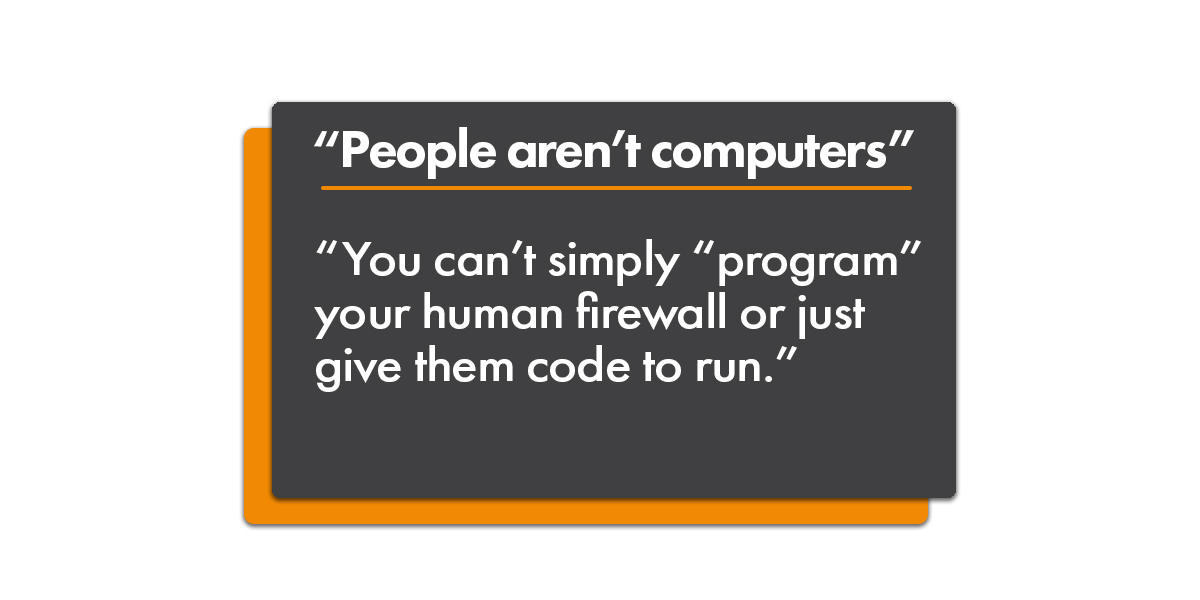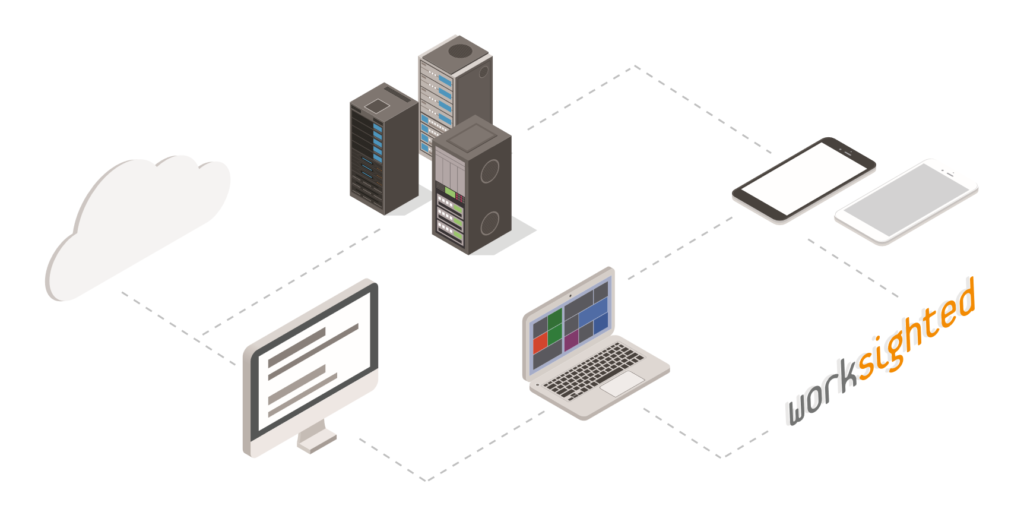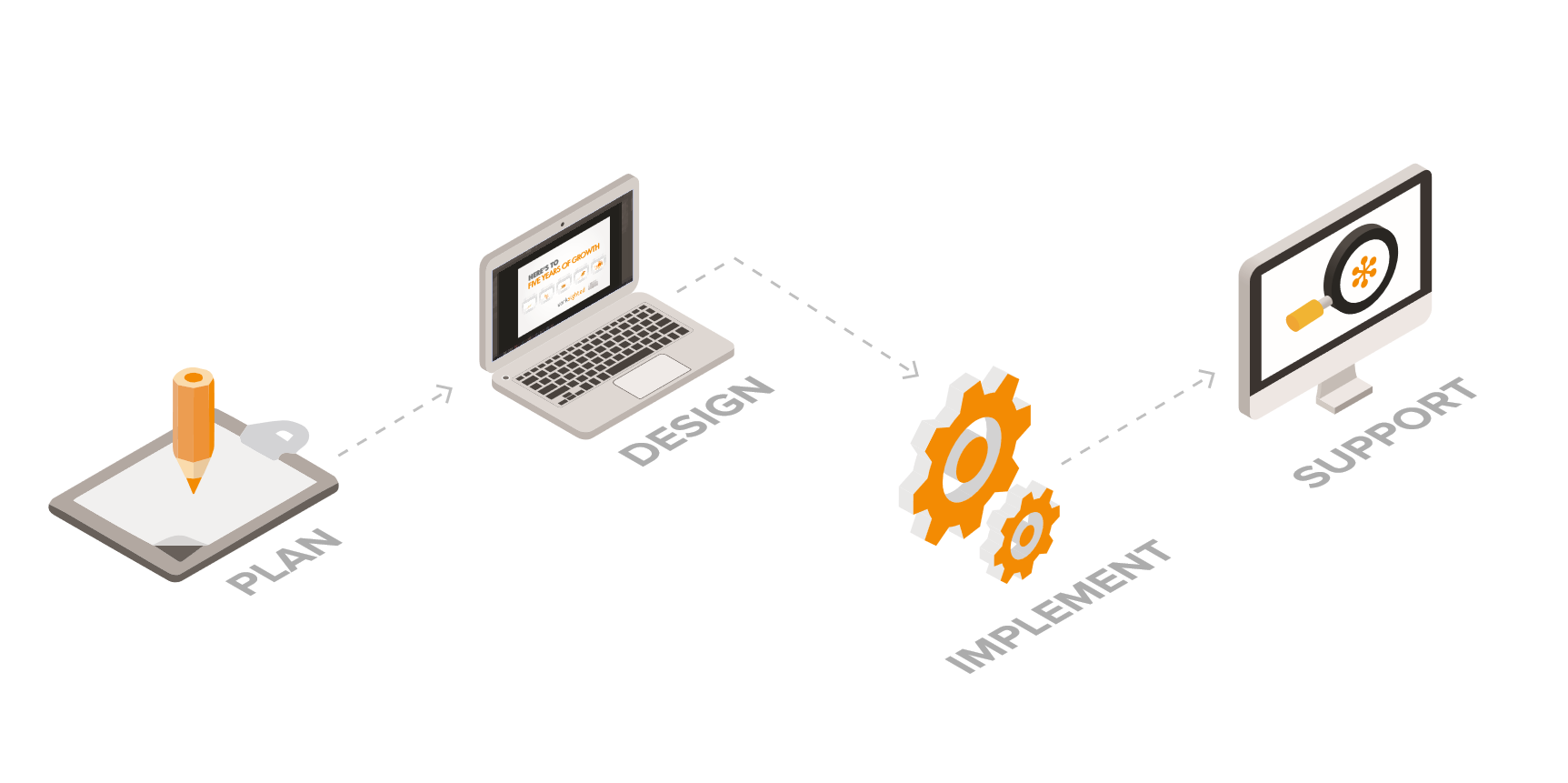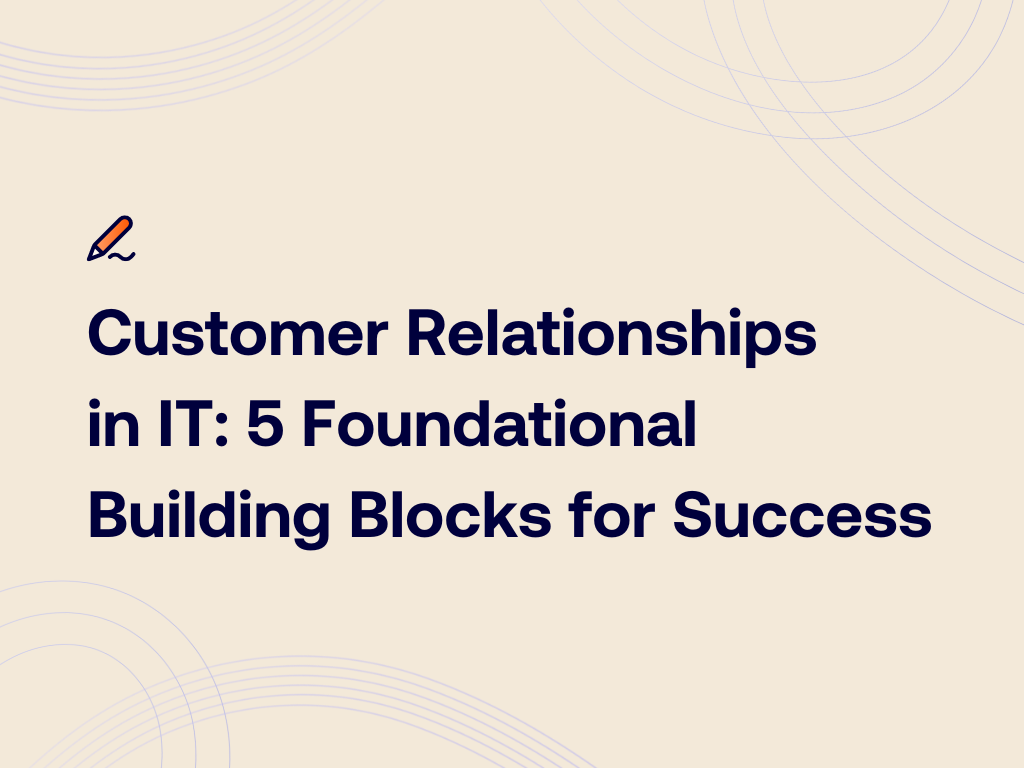3 Reasons Your Human Firewall is Failing
One of the most fundamental and important factors in cybersecurity isn’t multi-factor authentication, antivirus protection, or strong encryption. It’s your “human firewall” – the people using your systems. All the security measures in the world won’t mean a lot if one of your users has “password” as their password or lets their login details slip into the wrong hands.

So, how do you improve your human firewall and ensure your people aren’t the weak links in your security chain? In this article, we’ll tell you the three most likely areas where the wall could be a little wobbly and where eager cybercriminals could most easily push through.
1. No Cybersecurity Best Practice in Place
This has the biggest potential for disaster. It’s one thing if some of your employees aren’t thinking about the possible threat vectors that need to be covered. But it’s another thing entirely if your business leaders aren’t.
You need to establish what cybersecurity best practice is before you can start implementing it and ensuring it’s followed. Once that’s done, then you’ll have your blueprint. The next step is to see how these principles apply to your IT infrastructure: your individual systems and business processes, your apps and data, and users.
With a firm sense of cybersecurity best practice and what it means for your organization, you can then start ensuring that employees stick to it. But first of all, this groundwork needs to have been done. Otherwise, your human firewall will be as weak as your – and their – understanding of the best practices.

2. Not Enough Understanding Among Workers
People aren’t computers. You can’t simply “program” your human firewall or just give them some code to run. People need to be taught. Assuming other people know things they don’t is the mother of all screwups. Don’t just think that because you know something, all your colleagues will too. These might seem like basics to you, but ask yourself if everyone in your organization understands:
- Why it’s important to have a strong and unique password
- What multifactor/two-factor authentication is and why it matters
- Phishing attacks: what they are and how to spot them
- Why software patches and updates should be applied
Again, this is all fairly rudimentary stuff to anyone who works in the IT/cybersecurity side of a business, and even many who don’t. But there are likely to be others throughout your organization who are still wondering why their password has to have all those numbers and symbols in it or is likely to click the link an innocent-looking email and fill in their details without noticing that it’s come from l33t_h4x0r_99@notarealcompany.org.
“Understanding” really is the key word here. Don’t merely tell people to take certain steps or get into certain habits just “for cybersecurity’s sake”. Try to help them understand why those things need to be done. Of course, the most cybersecurity-conscious are the ones who’ve already been compromised, but you don’t want employees to learn the lesson that way. Help them to understand the consequences without needing to experience them themselves.
3. Lack of Ongoing/Inclusive Training
Just like your antivirus software and your business apps, your human firewall also has to be updated at certain points. In this case, you can’t just click “install update now”, but it doesn’t have to be difficult and overly time-consuming, either.
You just need a robust, fully-planned training schedule – one that stops anyone from falling through the gaps. If your previous approach to cybersecurity training was sporadic sessions prompted by security near-misses or sending out a link to a training video once a year, you’ve been missing large swathes of the workforce.
Think about all the people who’ve joined your organization between training sessions, or the people who’ve been on vacation or on sick leave during them. Those colleagues are gaping holes in your human firewall. Your strategy should include cybersecurity as part of employee onboarding – short-length, high-value training that covers all the most important topics. And everyone’s training should be tracked – if they can’t attend a session, they should be scheduled for a catch-up. Don’t leave anyone behind.
Ready to Ensure Your Human Firewall Stays Strong?
We hope this article has been useful in helping you to improve your human firewall. With the right training, your people can be one of the strongest elements of your defense against cyberthreats.
They need the right foundation of best practice, built with a firm understanding of why each precaution is important, and organization-wide cybersecurity knowledge needs to be maintained regularly so that it stays strong. After all, a wall only stands firm on solid ground, with every brick holding it up – and a human firewall is no different. Did you know that Worksighted offers three security awareness packages, suited to fit the needs of your organization? From fully managed to a la cart, our security training team can help determine what’s the right fit for you.
Want to learn more about improving your human firewall and ensuring cybersecurity best practice? Get in touch with the team at Worksighted today.




